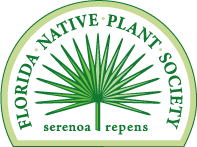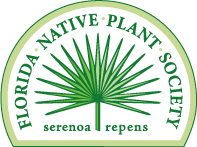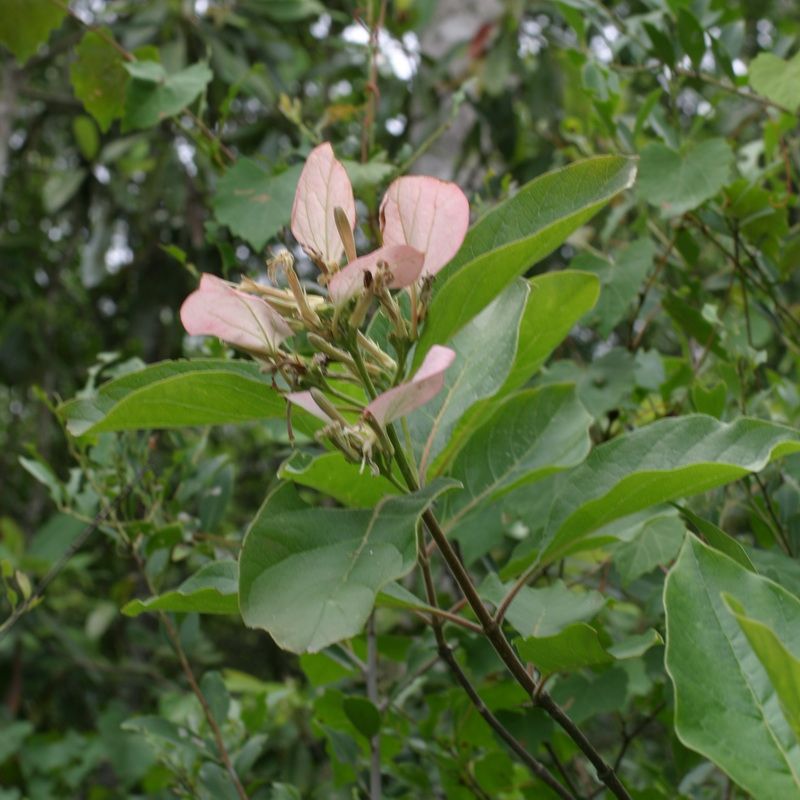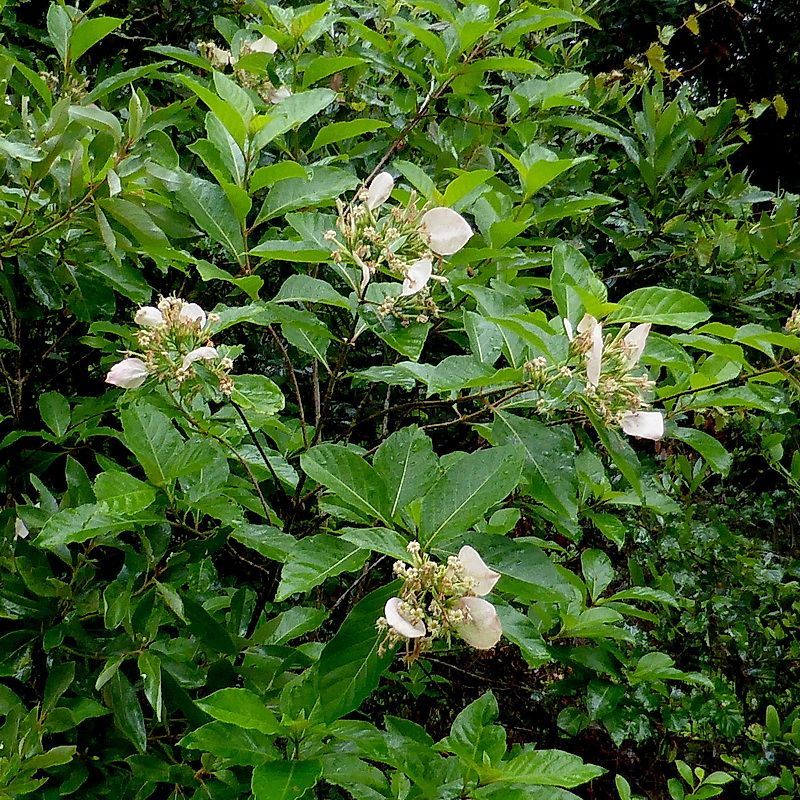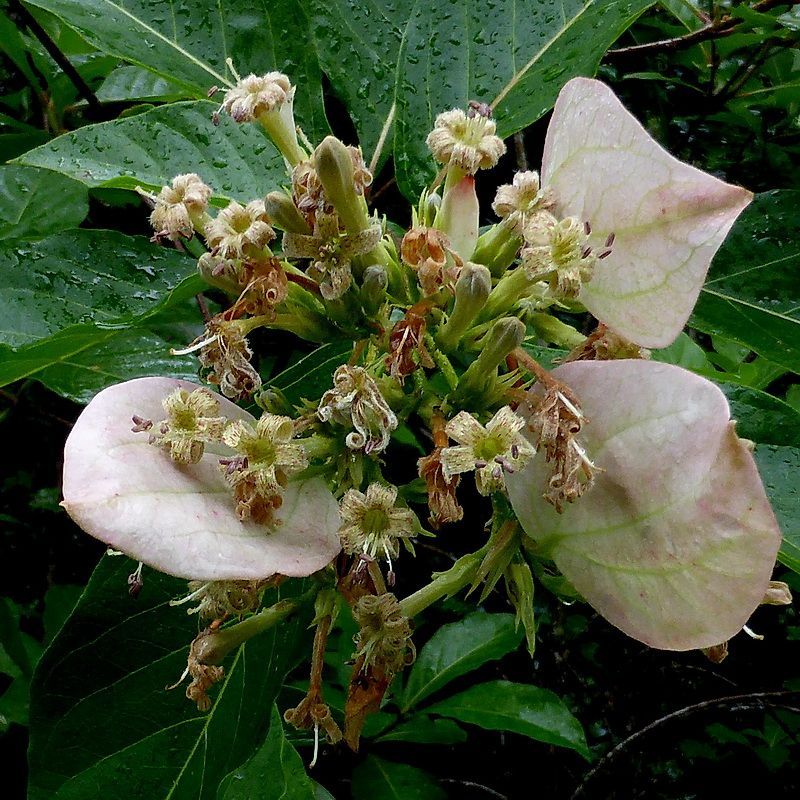FNPS Plant Database
Pinckneya bracteata
Nomenclature
Common Name:
Synonym(s):
Genus species:
Family:
Rubiaceae
Plant Specifics
Form:
Size:
Life Span:
Long-lived perennial
Flower Color:
Fruit Color:
Phenology:
Noted For:
Landscaping
Recommended Uses:
Considerations:
Availability:
Propagation:
Light:
Moisture Tolerance:
Always Flooded---------------------------------Extremely Dry
□□□□□□□□□□□□■■■■■■■■■■■■■■■□□□□□□□□□□□□□□□
Usually moist, occasional inundation -to- Not wet but not extremely dry
Salt Water Flooding Tolerance:
Unknown
Salt Spray/Salty Soil Tolerance:
Low/no tolerance of salty wind or direct salt spray
Soil or Other Substrate:
Sand
Soil pH:
Suitable to Grow In:
8A,8B

USDA zones are based on the average annual extreme minimum winter temperature.
Don't know your zone? Click here to search by zip code.
Ecology
Wildlife:
Attracts bees and butterflies.
Native Habitats:
Comments:
Ethnobotany:
General Comments:
The showy part of the flower is the white, pink or rose bracts that become petal-like.
This species is listed as Threatened by the State of Florida. Please acquire from reputable nurseries.
Based on the BONAP maps and the ISB map, this part of the Pinckneya range that is in the Apalachicola National Forest is contiguous with the main body of the species' range in Georgia and South Carolina. The part of its range in the peninsula, in the Ocala National Forest area, appears to be disjunct.
